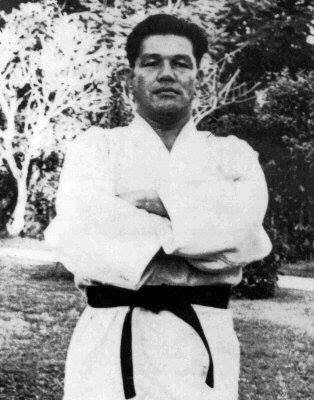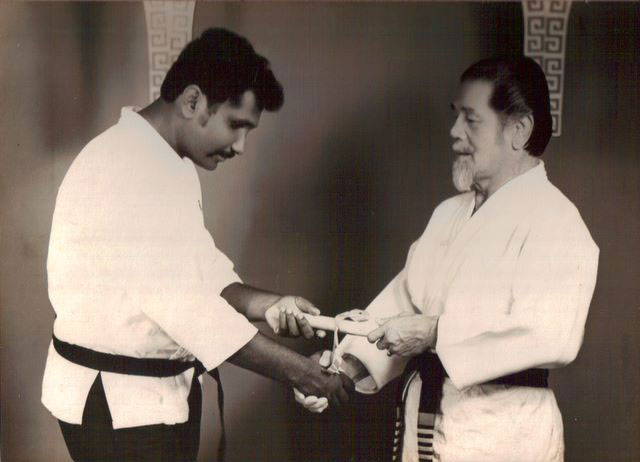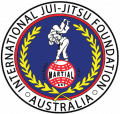The Jui-Jitsu style of the IJJF has its roots dating back to the 17th Century and as per historical accounts, a certain Shirobei Yoshitoki Akiyama, though some claim it was Yoshin Miura, ventured to China and Tibet and following a period of contemplation and training, he developed the numerous combat techniques that served as the foundation for the school known as Yoshin-Ryu or the School of the Willow.
Based on this the IJJF, a not-for-profit organisation, fosters this style of Jui-Jitsu, also known in the West as Ju Jitsu, Jiu-Jitsu, or Ju-Jutsu, which is understood to have originated from the Samurai, an elite warrior subculture of Japan. The techniques evolved through centuries of battlefield combat and training.
At the onset of the Meiji period (1868-1912), restrictions were placed on carrying weapons in public, and the unarmed techniques of Jui-Jitsu grew in importance and functionality. And so, the modern day Jui-Jitsu originated in Japanese Samurai schools where warriors were trained primarily in various combat methods, including weapon arts. The following techniques were taught as a subsidiary method, strikes; joint locks; strangulations; and throwing techniques; in particular for use in emergencies when the Samurai was unarmed. And hence during peaceful times, modern Jui-Jitsu became oriented more toward civil combat, away from the battlefield. In summary Jui-Jitsu is a comprehensive system of martial arts and philosophy originally practiced by the samurai in ancient Japan. Jui-Jitsu is also the father art of many classical Japanese arts, such as Judo, Sambo, Aikido, and dates back over 2500 years!
In 1928, Kam “Panther Hoe” Hock Hoe, a professional wrestler, traveled to Singapore and studied under the instruction of Professor Watanabe, where he learned the art of Jui-Jitsu and obtained the rank of 1st Dan. In 1930, he achieved his 2nd Dan under Professor K. Yamamoto in Hong Kong. He later completed his 3rd Dan and Kuatsu training in Kobo, Japan, under Admiral Yamamoto in 1935.

After his studies in Japan, Professor Kam Hock Hoe returned to Malaya via Shanghai, where in 1935, he founded Hoe’s Jui-Jitsu Studio in Kuala Lumpur, teaching boxing and self-defence training to the Malaya police forces and Australian Defence Force personnel who served in Malaysia for over 40 years. Professor Kam Hock Hoe made a significant impact on the Martial Arts’ scene in South East Asia. During his time in Malaysia, he was particularly noted for the large number of Australian service men and women he instructed at the RAAF Base Butterworth through the 1960s, 1970s, and 1980s era. Prior to leaving the Butterworth area, he started the International Jui-Jitsu Association, which later became the International Jui-Jitsu Foundation (IJJF).
The IJJF was founded in 1979 and registered in Malaysia in 1982. When Professor Kam Hock Hoe left the Butterworth area, he appointed the late Grand Master Gurasami Rajathurai to head the foundation. Many service men and women will fondly remember their days training at the RAAF Jui-Jitsu club either at the Butterworth air base or on Penang Island under the late Grand Master Gurasami Rajathurai and Grand Master Aridas Selveraj.
The IJJF’s previous Grand Master was the late Grand Master Gurasami Rajathurai, a highly respected practitioner who achieved the rank of 6th Dan, Master Dan, Kuatsu Specialist. Grand Master Gurasami Rajathurai began his martial arts journey with Tae Kwon Do, followed by Karate, Siamese Boxing, and Shaolin Kung Fu. He then went on to train under the tutelage of the renowned Professor Kam Hock Hoe in 1963, rising through the ranks to become a 4th Dan Master.

The IJJF’s current Grand Master is 6th Dan Grand Master Aridas Selveraj, who, like the late Grand Master Gurasami Rajathurai, was a student of Professor Kam Hock Hoe from 1964 until his passing in 1989. The IJJF has several clubs in Malaysia and Australia and is committed to passing on the vast array of techniques that make up its diverse style.
Contemporary Jui-Jitsu systems incorporate numerous traditional Samurai combat techniques, albeit with a more contemporary orientation that is less focused on the potentially lethal tactics of its origins. Specifically, the IJJF style consists of over 400 throws, locks, and holds that are meticulously rehearsed in a secure setting. Our style prioritises physical fitness, self-defence, and character development, making it highly effective for safeguarding oneself and loved ones. Techniques from this style are utilised by military and police special forces worldwide due to its swift effectiveness.
Instructor’s certificates are granted only after an individual has earned a black belt and completed all mandatory training. This distinction is indicated by a 12mm red stripe at both ends of the belt. In the case of Dan belts, a 12mm gold stripe corresponding to the Dan belt’s numerical level is embroidered on each end of the belt. The rank of Master Dan is denoted by a 25mm red stripe at both ends of the belt, and it can only be bestowed by the Grand Master.

